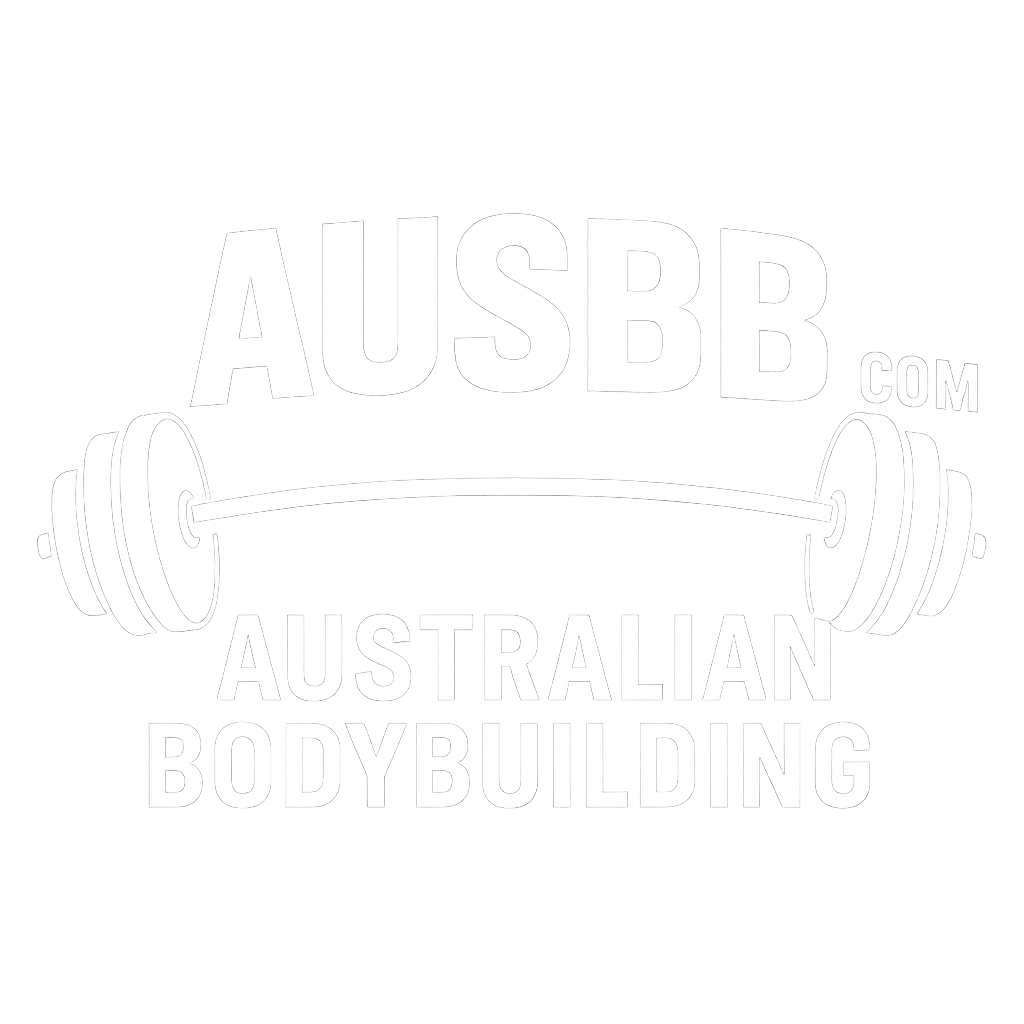you rep 10 with a given weight and on the last rep you have fatigued the positive portion of the rep, you can make more inroad to fatigue useing the negative portion of the rep by swinging the weight up (using your body to swing the bar up and then real slowly lowering, do that a couple of times really stimulates some growth.
Just out of interest, from an Eric Helms atricle -
One of the reasons that the common recommendation is to go slow on the eccentric
portion when training for hypertrophy is because of the focus on eccentric muscle
actions as a training tool in exercise science. I call this a ‘muscle action’ rather than a
contraction because unlike the concentric, the eccentric is not an active contraction in
the same manner - the eccentric portion of a lift is when you are lowering the weight.
The muscle is lengthening because you are producing less force than is needed to resist
the load; which can occur involuntarily because the weight is too heavy, or voluntarily
when you are controlling a load into position (for example, setting a coffee cup down).
This is an important distinction because many people often only think of movement in
concentric terms. So for example, when I pick up a cup of coffee, the bicep shortens
and the load is brought to my mouth. When I lower it, the triceps aren’t pulling it down,
the bicep controls the tension to lower it; this is the eccentric phase. Using an exercise
example, the eccentric portion of a squat is when you lower the bar (and yourself) into
position, and then the concentric is when you squat it up. On a deadlift, unlike a squat,
you begin with the concentric, and then when you lower it down this is the eccentric
portion of the lift.
First let’s discuss some of the ins and outs of eccentrics. Because an eccentric action
is not active in the same way that a concentric contraction is, it requires less energy.
Also, you don’t have to overcome the inertia of the load - you’re just lowering it. Finally,
an eccentric action occurs as the muscle lengthens, which “loads” the structure of the
muscle in a way that generates force (think of pressing down on a stretched rubber
band). For all of these reasons, you are substantially stronger eccentrically than
concentrically [3].
Think about this logically - the amount you can lower ‘into the hole’ in a squat is more
than you can stand up with. That’s why when people miss squats it typically happens
on the way up. Same thing with bench, you lower it to your chest and then typically get
stuck trying to get it up off the chest.
So you are stronger eccentrically than you are concentrically, and because of that in
studies on eccentric only training, more volume can be performed (remember sets x
reps x load).
Now you are probably wondering where I am going with this. What does this have to
do with tempo, and why you should care about eccentric only training since it’s difficult
to do for most exercises outside of a laboratory?
Well bear with me, what I’m trying to do is express that the main reason why eccentrics
are thought to be a useful training modality for developing strength and hypertrophy
in the literature, is probably because you can lift heavier [3] - so you produce more
tension, and more volume (which takes us back to Level 2 of The Pyramid - VIF).
Now unfortunately, some people who read exercise science texts or research, and then
generate content based on that, don’t necessarily understand this mechanism behind
eccentric training and also don’t understand that what you can do in a lab doesn’t
always necessarily translate to real training.
If you don’t have the equipment to load the eccentric portion heavier while making
the concentric portion lighter (or eliminate it completely), such as is done in many
studies, how can you translate the effectiveness of eccentric training to free weights
and machines?
One thought process is that if the eccentric is so important, you should spend more
of your time lifting on the eccentric vs. the concentric. An example would be to lift
with a normal speed on the way up performing the concentric, but to lift slowly on the
eccentric on the way down. The thought is that by accentuating the eccentric action it
will create more growth.
Hopefully now you’re seeing why I spent time explaining the mechanism behind why
eccentric training can be effective. Understanding these reasons should help you realize
that excessive slowing of the eccentric phase of a lift runs contrary to the benefits of
eccentric training. The amount of load you can lift in the gym with a machine or a free
weight is limited by your concentric strength, the weakest link in the chain. So it doesn’t
really make sense from a conceptual standpoint to do excessively slow eccentric actions
to try to get greater hypertrophy, because the whole reason we do eccentrics is to lift
heavier, but we can’t lift heavier than we can lift concentrically in the gym. So you’ll
be limited by your concentric strength, and then you won’t be using the type of heavy
loading that makes eccentric training beneficial.

